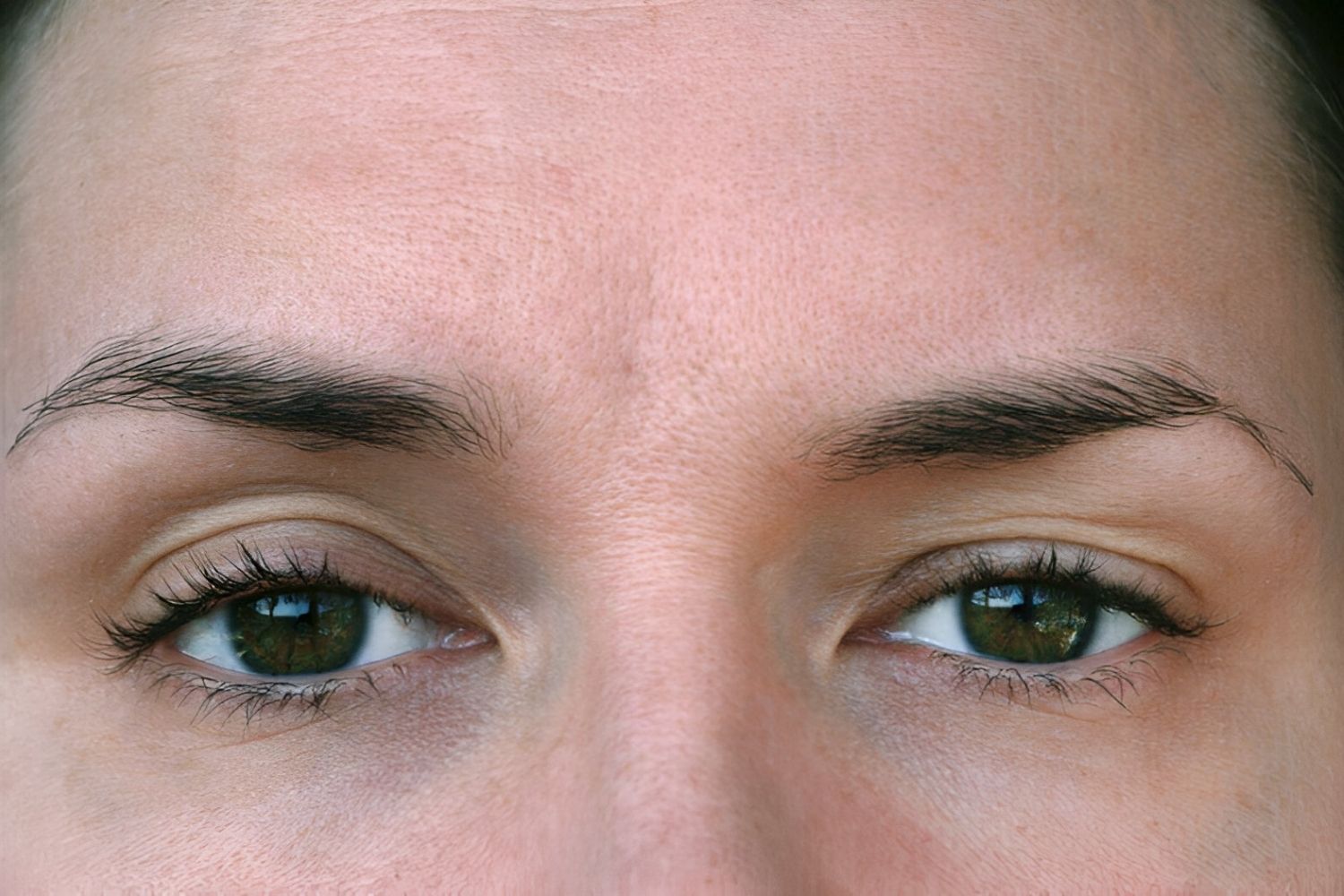
Lymphedema ptosis might sound like a mouthful, but understanding it can make a world of difference. This condition involves swelling due to a build-up of lymph fluid, often affecting the eyelids. Imagine waking up with heavy, droopy eyelids that make it hard to see or even keep your eyes open. Lymphedema can be caused by various factors, including surgery, infections, or genetic conditions. It's not just about appearance; it can impact daily life in significant ways. Knowing the facts can help manage symptoms better and improve quality of life. Let's dive into 25 key facts about this condition to help you understand it better.
Key Takeaways:
- Lymphedema ptosis is a condition where swelling and drooping of the eyelids occur. It can be caused by genetic mutations, surgery, infections, or trauma to the lymphatic system.
- Managing lymphedema ptosis involves therapies like compression garments, massage, exercise, and surgery. Daily care, a healthy diet, and support groups can also help improve quality of life.
What is Lymphedema Ptosis?
Lymphedema ptosis is a condition that combines two distinct medical issues: lymphedema and ptosis. Lymphedema involves swelling due to lymphatic fluid buildup, while ptosis refers to drooping of the upper eyelid. Understanding this condition requires diving into both components.
- Lymphedema is a chronic condition where lymph fluid accumulates in tissues, causing swelling.
- Ptosis specifically affects the muscles that lift the eyelid, leading to drooping.
- Lymphedema ptosis can occur when lymphedema affects the eyelids, causing them to droop.
Causes of Lymphedema Ptosis
Several factors contribute to the development of lymphedema ptosis. Knowing these can help in early detection and management.
- Genetic mutations can lead to congenital lymphedema, which might include ptosis.
- Surgical procedures involving lymph nodes, especially in cancer treatments, can cause secondary lymphedema.
- Infections like cellulitis can damage lymphatic vessels, leading to lymphedema.
- Trauma to the lymphatic system can trigger lymphedema and potentially ptosis.
Symptoms to Watch For
Recognizing the symptoms early can make a significant difference in managing lymphedema ptosis effectively.
- Swelling in the affected area, often in the limbs or face.
- Heaviness or tightness in the swollen area.
- Restricted range of motion due to swelling.
- Skin changes like thickening or hardening.
- Drooping eyelids if ptosis is present.
Diagnosis Methods
Accurate diagnosis is crucial for effective treatment. Various methods are used to identify lymphedema ptosis.
- Physical examination by a healthcare professional.
- Imaging tests like MRI or CT scans to view lymphatic system.
- Lymphoscintigraphy, a specialized imaging technique to track lymph flow.
- Genetic testing for congenital forms of lymphedema.
Treatment Options
Managing lymphedema ptosis involves a combination of therapies aimed at reducing symptoms and improving quality of life.
- Compression garments to reduce swelling.
- Manual lymphatic drainage, a specialized massage technique.
- Exercise to promote lymph fluid movement.
- Surgery in severe cases to remove excess tissue or repair lymphatic vessels.
- Medications to treat infections or reduce inflammation.
Living with Lymphedema Ptosis
Daily life with lymphedema ptosis can be challenging, but certain strategies can help manage the condition.
- Skin care to prevent infections.
- Healthy diet to maintain a stable weight and reduce swelling.
- Regular monitoring of the affected area for changes.
- Support groups for emotional and practical support.
Final Thoughts on Lymphedema Ptosis
Lymphedema ptosis, though not widely known, impacts many lives. Understanding its causes, symptoms, and treatments can make a huge difference. Early detection and proper care are key to managing this condition effectively. From swelling and discomfort to the emotional toll, those affected face numerous challenges. However, advancements in medical research offer hope. Compression therapy, exercise, and surgical options provide relief and improve quality of life. Awareness and education are crucial in supporting those with lymphedema ptosis. By staying informed and advocating for better resources, we can help those affected lead healthier, more comfortable lives. Remember, knowledge is power. The more we know, the better we can support and care for each other.
Frequently Asked Questions
Was this page helpful?
Our commitment to delivering trustworthy and engaging content is at the heart of what we do. Each fact on our site is contributed by real users like you, bringing a wealth of diverse insights and information. To ensure the highest standards of accuracy and reliability, our dedicated editors meticulously review each submission. This process guarantees that the facts we share are not only fascinating but also credible. Trust in our commitment to quality and authenticity as you explore and learn with us.
